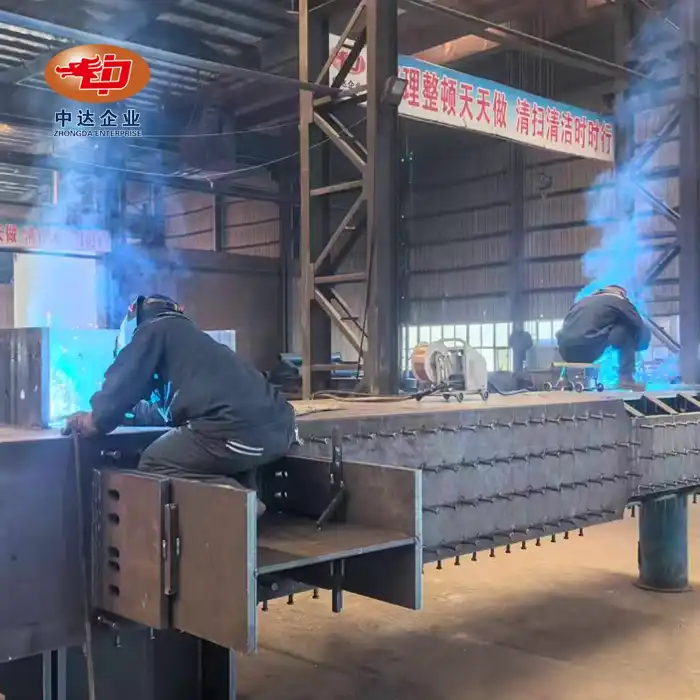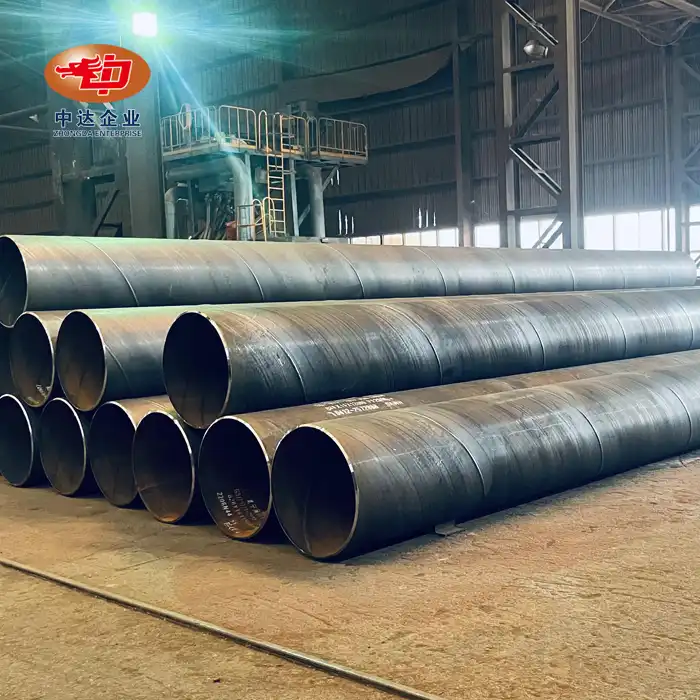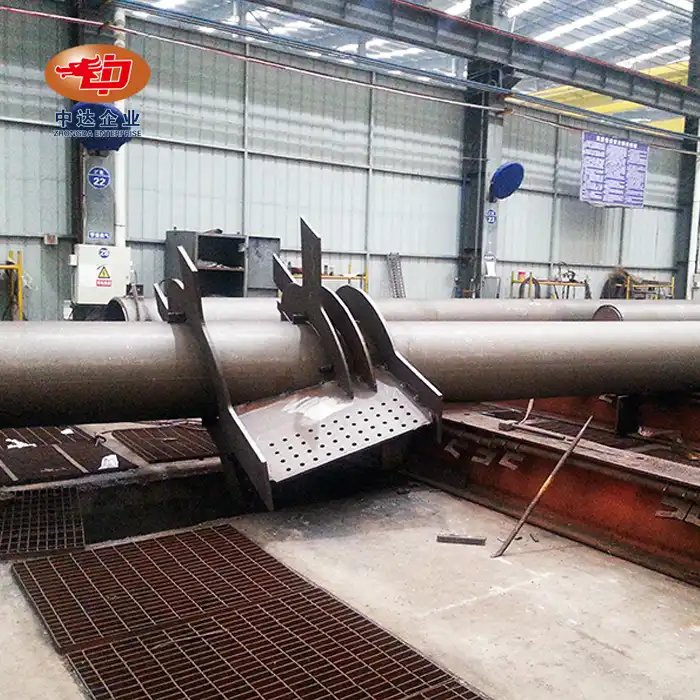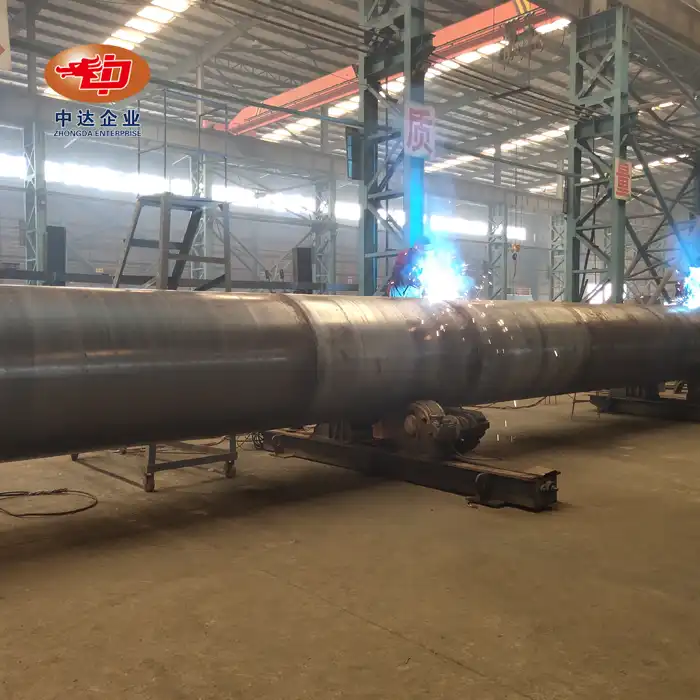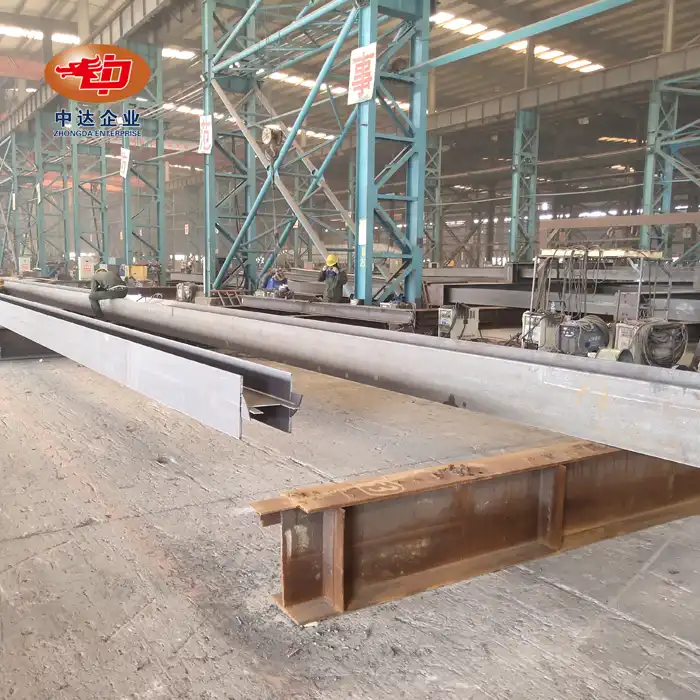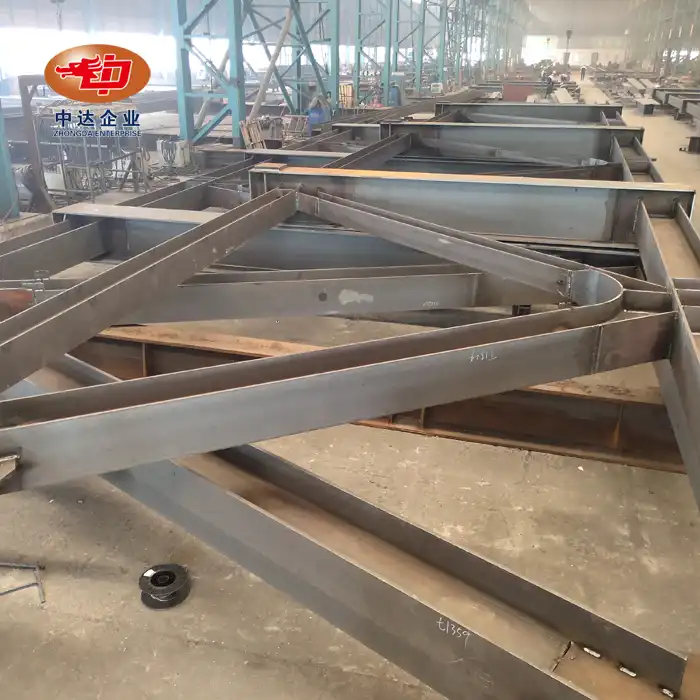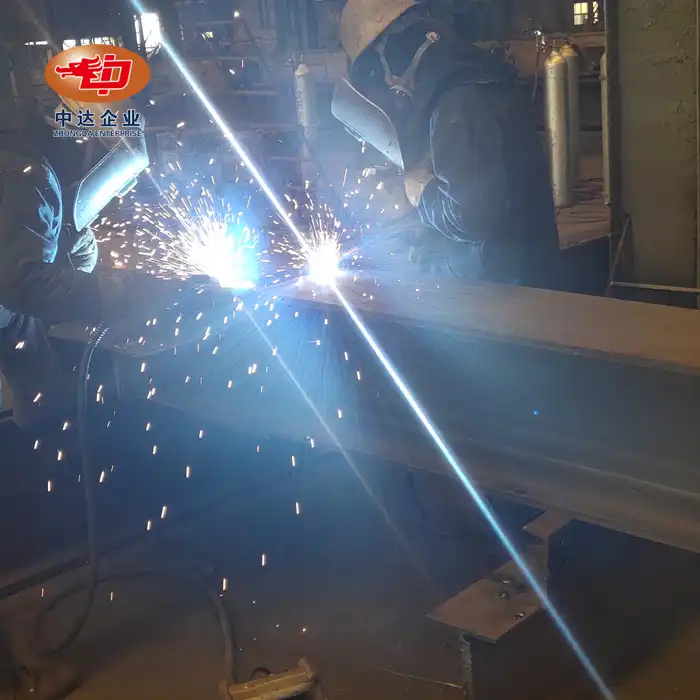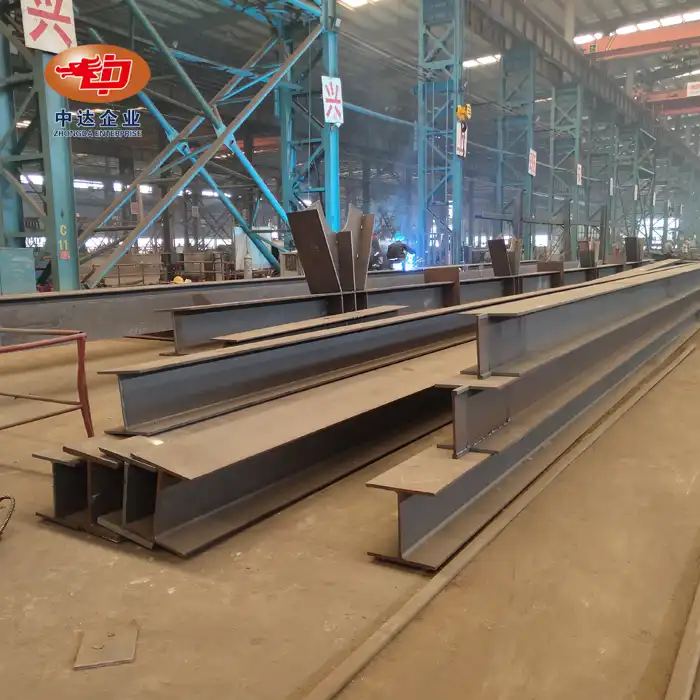Understanding Space Frame Roof Systems
Principles of Space Frame Design
Space frame roof systems are marvels of engineering that allow for the creation of expansive, unobstructed spaces. The weight is spread out over a network of connected struts in these systems, making a construction that is both light and strong. The key idea is that pressures are triangulated, which makes the structure very strong and stable. With this design technique, huge spans can be reached while using very little material. This makes it an eco-friendly and cost-effective choice for big roofing jobs.
Components of a Space Frame System
A typical space frame system consists of several essential components. The primary elements are the struts, which are the load-bearing members typically made of high-strength steel or aluminum. These struts connect at nodes, often spherical or cylindrical in shape, which act as pivot points for the structure. The arrangement of these components in a three-dimensional lattice creates the characteristic geometric pattern of space frames. Some other parts that might be used are tension rods, connectors, and cladding systems. These all work together to make a strong and flexible roofing option.
Advantages of Space Frame Roofs
Space frame roofs are a good choice for large-span buildings because they have many benefits. Because they are light, they put less weight on the building's base, which could lower the cost of construction. The flexible design makes it easy to move and quickly put together on-site, which cuts project timelines by a large amount. Architects can make bold, new designs with space frames because they are very flexible in terms of shape and span. Because they are open, it is easier to add lights, ventilation, and other building services, which makes the buildings work better overall.
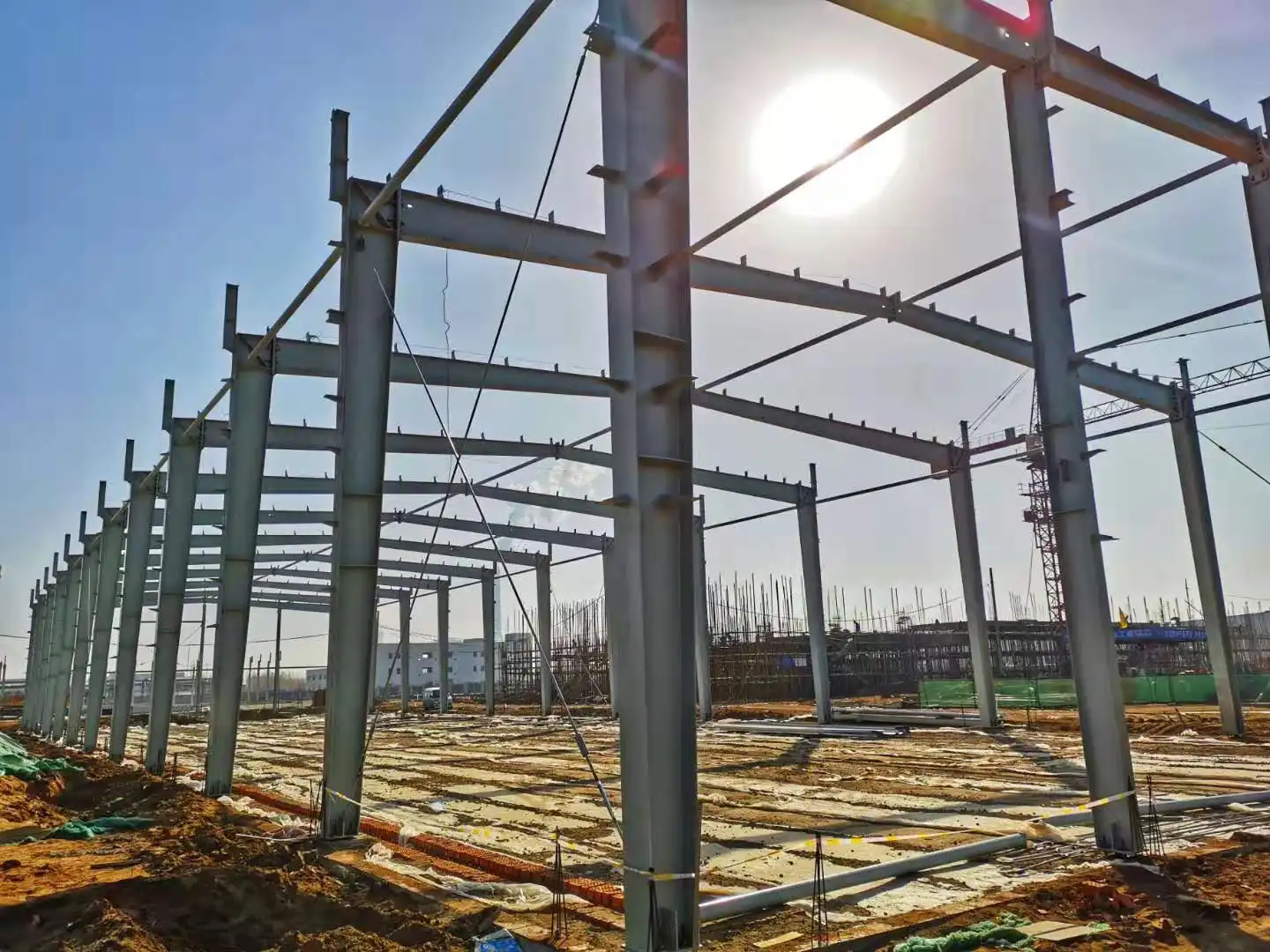
Design Considerations for Large Span Space Frame Roofs
Structural Analysis and Load Distribution
Designing a large span space frame roof requires meticulous structural analysis. Engineers must consider various load types, including dead loads (the weight of the structure itself), live loads (such as snow or maintenance personnel), and dynamic loads (wind and seismic forces). Advanced finite element analysis software is employed to simulate these loads and optimize the distribution of forces throughout the structure. This study helps figure out how to set up the struts and nodes in the best way so that the roof can hold up under all the stress and still keep its shape.
Material Selection and Performance
Choosing the right materials is crucial in space frame roof design. High-strength steel, such as that produced by Zhongda Steel, is often the material of choice due to its excellent strength-to-weight ratio and durability. For corrosion-resistant applications, aluminum or weathering steel may be preferred. During the selection process, things like span length, environmental conditions, and standards for good looks must be taken into account. Also, the performance of connecting parts like bolts and welds is very important to the structure's total strength and needs to be carefully checked.
Geometric Configuration and Optimization
The geometric configuration of a space frame roof significantly influences its performance and efficiency. Common configurations include single-layer grids, double-layer grids, and curved or domed structures. Every arrangement has its own pros and cons, and some work better with certain types of building. With the help of parametric design tools and optimisation methods, engineers can fine-tune the geometry to find the best balance between how well it holds up, how much material it uses, and how it looks. During this step, the node positions, strut lengths, and overall curve may need to be changed to make the plan work well and look good.
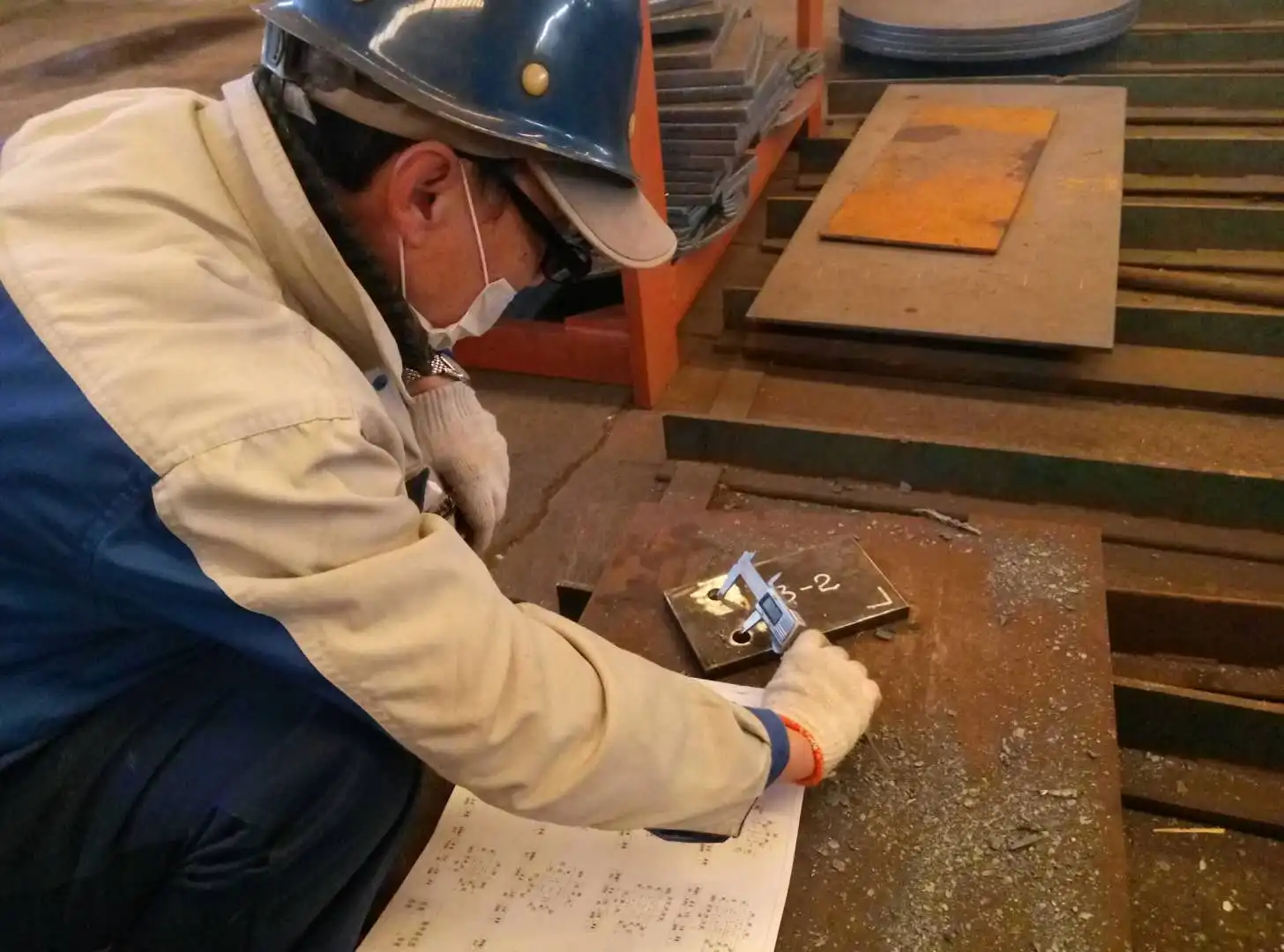
Implementation and Construction of Space Frame Roofs
Fabrication and Quality Control
The fabrication of space frame components demands precision and rigorous quality control. At facilities like Zhongda Steel's 120,000 m2 modern plant, advanced manufacturing techniques ensure that each strut and node meets exact specifications. Computer-controlled cutting and welding processes, along with strict quality checks, make sure that every part is the right size and has a strong structure. This level of accuracy is needed for the space frame roof to be put together easily and work well for a long time.
On-Site Assembly Techniques
The assembly of a space frame roof is a carefully orchestrated process that combines engineering expertise with construction efficiency. Typically, large sections of the frame are pre-assembled on the ground to minimize work at height. These sections are then lifted into place using cranes, with skilled workers guiding them into position. The modular nature of space frames allows for rapid assembly, often reducing construction time compared to traditional roofing methods. Proper alignment and connection of nodes are critical during this phase to ensure the structure behaves as designed.
Integration with Building Systems
A well-designed space frame roof seamlessly integrates with other building systems. The open structure provides ample opportunities for incorporating lighting, HVAC, and other services. Designers must consider these integrations early in the process to ensure proper coordination. For instance, the placement of lighting fixtures can be optimized to enhance the visual appeal of the space frame while providing adequate illumination. Similarly, the integration of solar panels or green roof systems can be planned to maximize energy efficiency and sustainability, aligning with modern architectural trends and environmental considerations.
Conclusion
It takes both designing and structural expertise to utilize a space outline framework to make a huge span roof. In spite of the fact that it's a satisfying encounter, the strategy is requesting. Architects and engineers can make beautiful, energy-efficient roofs that define places and amaze people by carefully considering structural analysis, material choice, and geometric optimisation. Space frame systems are great for big spaces like stadiums and exhibition halls because they are flexible and easy to use. As innovation and materials get way better, the plan choices for space frame roofs keep developing. Moving forward, we can expect indeed more unmistakable and breathtaking structures.
Contact Us
For cutting-edge space frame roof solutions that embody innovation and unwavering quality, turn to Zhongda Steel. Our expertise in BIM-driven prefabrication and ultra-precise steel processing ensures your large span roof project will be executed with unparalleled precision and efficiency. Experience the difference that comes with over two decades of global steel structure leadership. Contact us at Ava@zd-steels.com to bring your visionary roof designs to life.











